In Defence of DOMContentLoaded
CSS Wizardry
JUNE 30, 2023
I never thought I’d write an article in defence of DOMContentLoaded , but here it is… For many, many years now, performance engineers have been making a concerted effort to move away from technical metrics such as Load , and toward more user-facing, UX metrics such as Speed Index or Largest Contentful Paint. Or are they…?

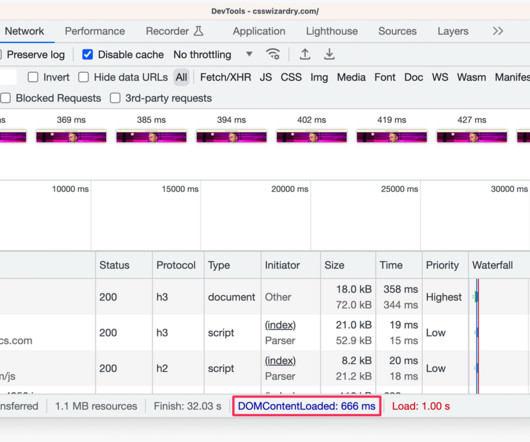



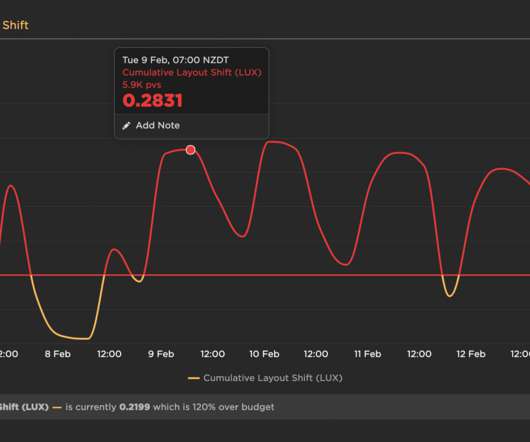
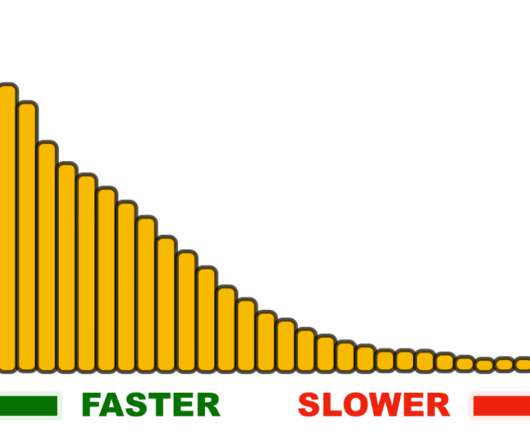
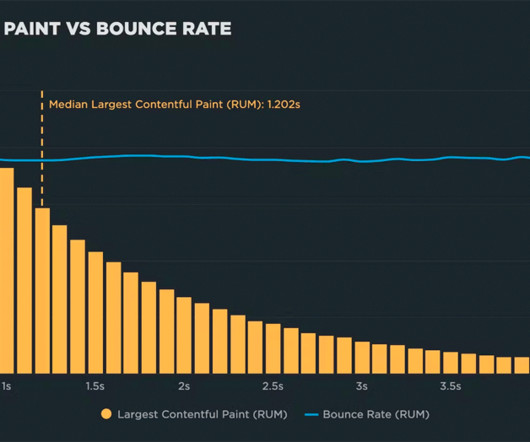
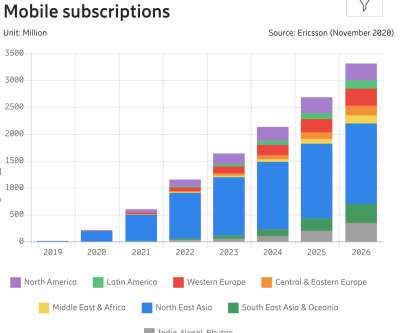
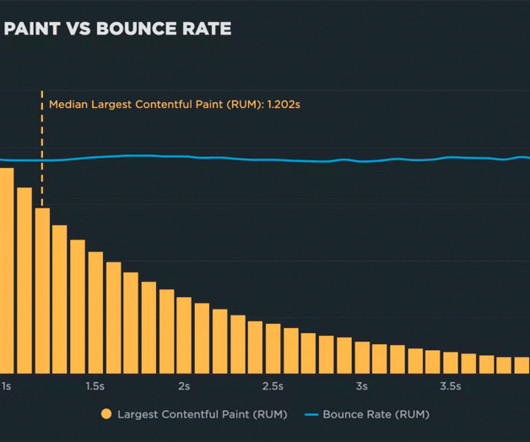













Let's personalize your content